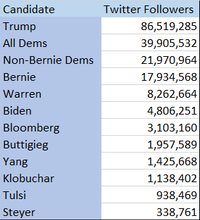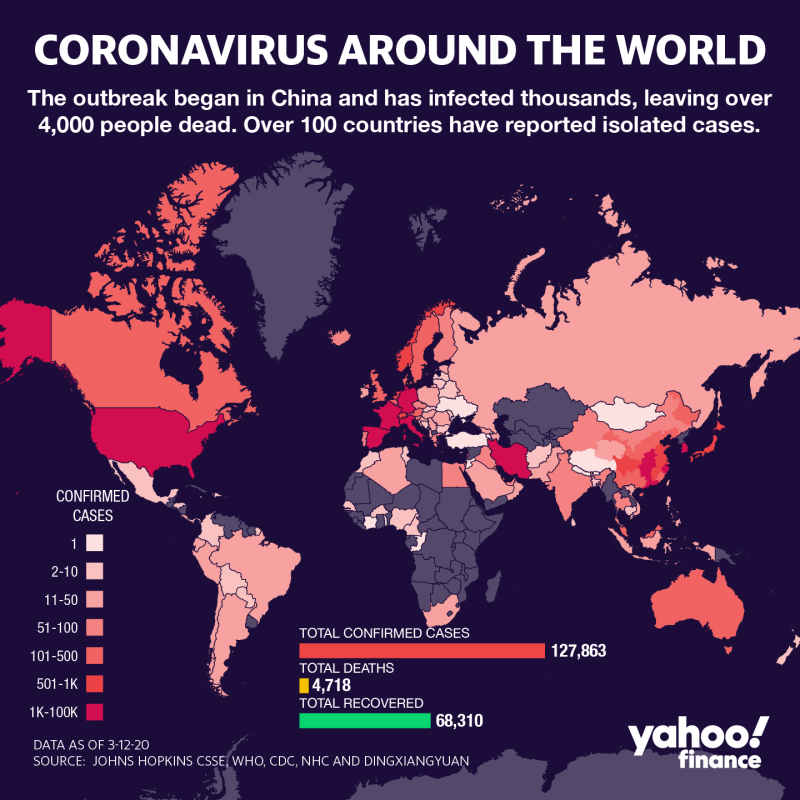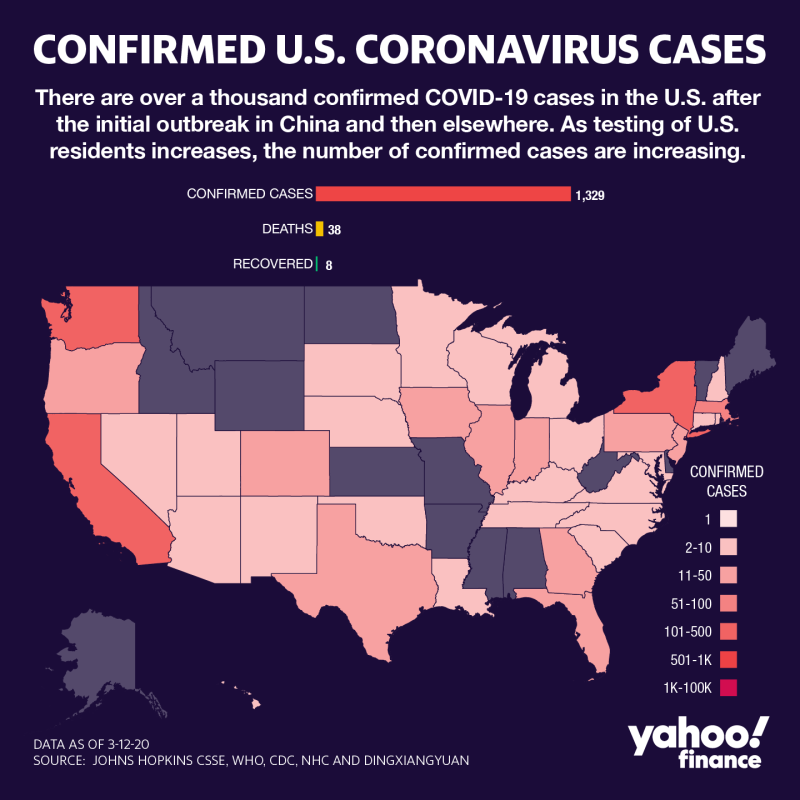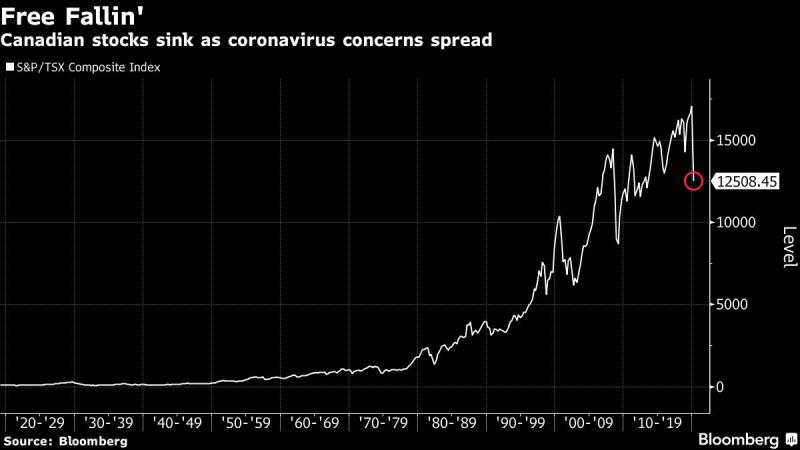Andrew Naughtie,The Independent•March 11, 2020
 Getty
GettyA podcaster and radio host who supports Bernie Sanders says he intends to press charges after a filmed confrontation with an MSNBC anchor, during which he claims he was put in a headlock.
Jack Allison, who co-hosts morning show JackAM and pop culture podcast Struggle Session, approached journalist Chris Jansing on 10 March while filming on his phone, asking her: “Why did your network not find it newsworthy to report on an anti-semitic attack at the Jewish candidate’s rally on Friday?”
In Mr Allison’s footage, Ms Jansing replies that she does not make those decisions, Mr Allison asks who does make those decisions, saying he’s texted a producer and “told him about this information”.
“It’s not credible that no-one in the building didn’t know [sic], so I wanna know why the network made that decision.”
As Ms Jansing continues to explain that she is not responsible for all decisions regarding newsworthiness, Mr Allison demands that she explain to him who does make it “because what you’re doing is crafting narrative”.
As Mr Allison continues asking Ms Jansing to explain the network’s decision-making process to him, she backs away, saying: “I don’t like your attitude, first of all, and I don’t appreciate you harassing me.”
At that point, a man’s voice is heard and a hand put over the camera before the clip ends. Mr Allison said on Twitter that he has filed a police report over the fracas.
The anti-semitic incident to which Mr Allison was referring took place at a rally in Arizona on 5 March. As Mr Sanders spoke, a man seated in an upper tier of the arena unfurled a Nazi flag and gave the Hitler salute. He was shortly ejected from the rally, and left shouting racial slurs at the supporters who turfed him out.
The man has since been identified by the Anti-Defamation League as Robert Sterkeson, a white supremacist “stunt activist” who has repeatedy targeted both Jewish and Muslim events.
Interviewed about the incident on CNN, Mr Sanders called it “disgusting”, saying “I’ve got to tell you, I never expected in my life as an American to see a swastika at a major political rally. It’s horrible”.
MSNBC recently ran into another row with supporters of Mr Sanders after host Chris Matthews compared the candidate’s victory in the Nevada caucuses to the fall of France in 1940. Mr Matthews subsequently left the network after allegations of sexual harassment surfaced against him.
---30---
 National security adviser Robert O'Brien. (Michael Sohn/AP)
National security adviser Robert O'Brien. (Michael Sohn/AP)



 President Donald Trump is greeted by Matt Schlapp, Chairman of the American Conservative Union, as the president arrives to speak at the Conservative Political Action Conference, CPAC 2020, at National Harbor, in Oxon Hill, Md., Saturday Feb. 29, 2020.More
President Donald Trump is greeted by Matt Schlapp, Chairman of the American Conservative Union, as the president arrives to speak at the Conservative Political Action Conference, CPAC 2020, at National Harbor, in Oxon Hill, Md., Saturday Feb. 29, 2020.More








